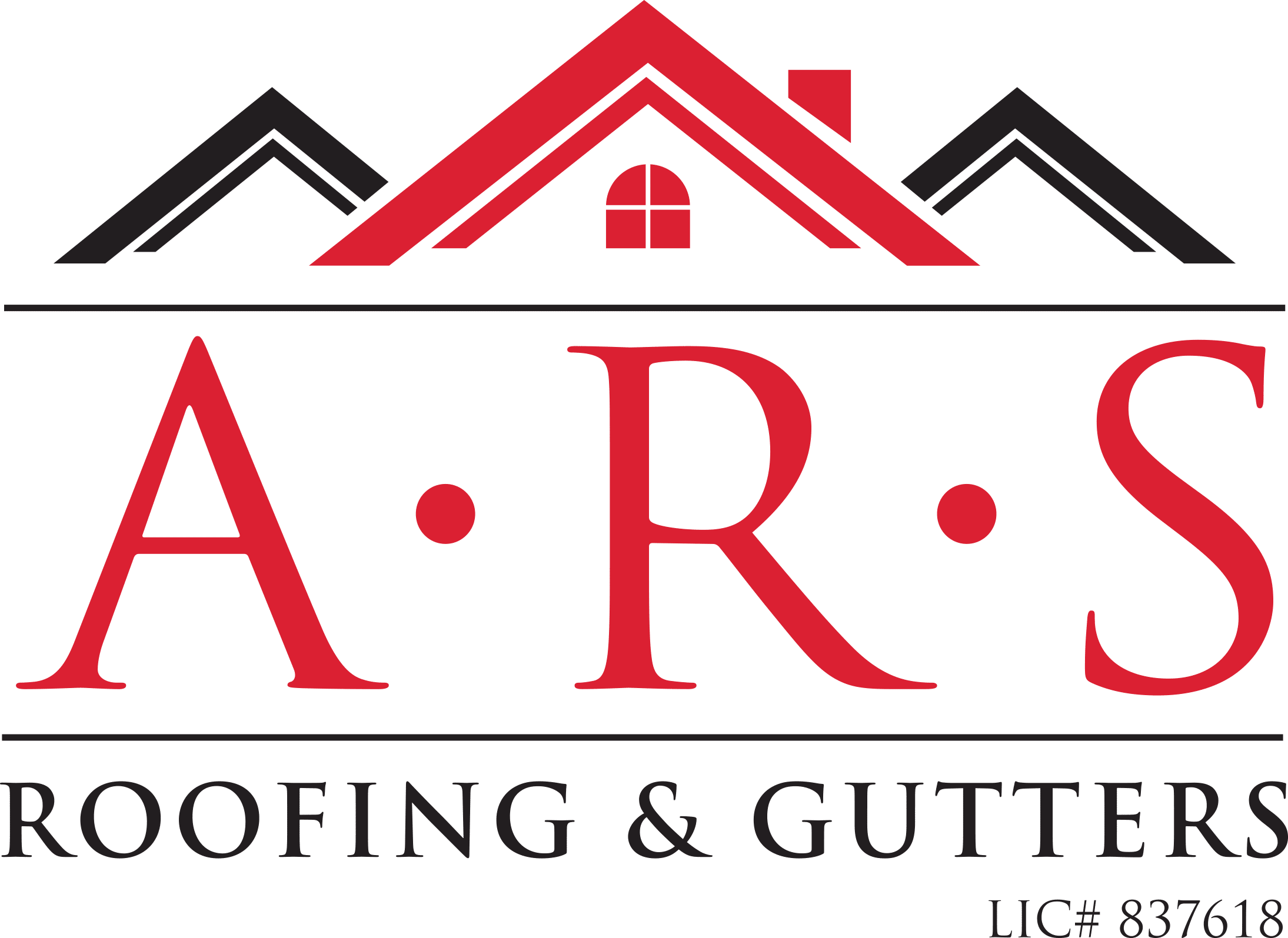Once we install a new roof for our clients, they usually don’t think about them anymore except for the occasional cleaning of gutters and downspouts.
Beware: Roofs don’t take care of themselves.
Over time, roofs need vigilance just like any other part of your home. Proper roof management includes a number of tasks including keeping the gutters and downspouts clear, removing extraneous objects or tree limbs, and waterproofing your roof when needed.
In case you’ve never heard about waterproofing a roof, let me explain. We all know that roofs can form small leaks that can be damaging to a home. The damage caused by leaks can include damp insulation, corrosion, damage to walls, and mold.
None of this is good for your roof or your home.
That’s why it’s important to routinely check your roof. As we head into winter, waterproofing your roof may also be in order.
Waterproofing entails:
- Examining the roof to identify dips or rises on the surface. You see, in the worst winds, water can actually run up the roof and then slip under the shingles.
- Sealing shingles around the open sides.
- Examining the flashing that is used around the vents and chimney. Sometimes there are poorly sealed sections that wind and rain can penetrate. This type of damage can shorten the life of your roof and cause you unnecessary expense.
It’s normal for your roof to deteriorate over time. However, the lack of inspection and care can lead to accelerated damage to your roof, your foundation, and other parts of your home.
Your roof is not only an essential component of your home but an expensive one to replace. As such, regularly having your roof inspected will lead to early detection of roof problems and protection of an important asset.
If you think your roof may need waterproofing, call us. We’ll check it at no cost to you.
If you have additional questions about how to best waterproof your home, don’t hesitate to contact Letitia Hanke-Ryzhkov, CEO of Alternative Roofing Solutions, Inc. at 707-521-2104 or 415-459-7200, www.arsroofing.com.
